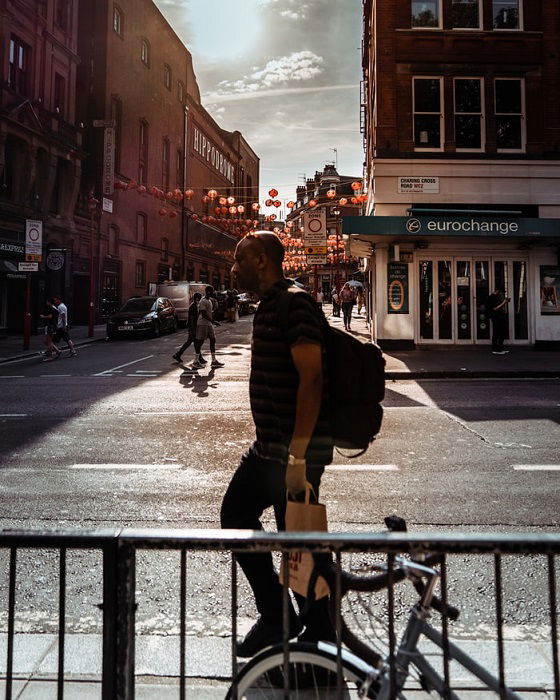8 Easy Facts About Framing Streets Shown
Table of ContentsThe Main Principles Of Framing Streets Little Known Facts About Framing Streets.The 45-Second Trick For Framing StreetsSome Of Framing StreetsSome Known Details About Framing Streets The smart Trick of Framing Streets That Nobody is Discussing
, generally with the goal of catching photos at a definitive or poignant moment by mindful framework and timing. https://parkbench.com/directory/framingstreets1.
As a result his boots and legs were well defined, yet he is without body or head, since these remained in movement." Charles Ngre, waterseller Charles Ngre. https://fl-miami.cataloxy.us/firms/framingstreets.com.htm was the very first professional photographer to acquire the technical refinement required to register individuals in movement on the road in Paris in 1851. Photographer John Thomson, a Scotsman collaborating with reporter and social lobbyist Adolphe Smith, published Road Life in London in twelve monthly installations starting in February 1877
The Single Strategy To Use For Framing Streets
Eugene Atget is pertained to as a progenitor, not due to the fact that he was the first of his kind, but as a result of the popularisation in the late 1920s of his record of Parisian streets by Berenice Abbott, that was motivated to undertake a similar documentation of New York City. [] As the city established, Atget assisted to promote Parisian streets as a deserving subject for digital photography.

Getting My Framing Streets To Work
The chief Mass-Observationists were anthropologist Tom Harrisson in Bolton and poet Charles Madge in London, and their first record was produced as the publication "May the Twelfth: Mass-Observation Day-Surveys 1937 by over 2 hundred observers" [] Home window cleaner at Kottbusser Tor, Berlin, by Elsa Thiemann c. 1946 The post-war French Humanist College digital photographers found their subjects on the street or in that site the restaurant. In between 1946 and 1957 Le Groupe des XV annually exhibited work of this kind. Andre Kertesz. Circus, Budapest, 19 May 1920 Road digital photography formed the major material of two exhibitions at the Gallery of Modern Art (Mo, MA) in New york city curated by Edward Steichen, 5 French Digital Photographers: Brassai; Cartier-Bresson, Doisneau, Ronis, Izis in 1951 to 1952, and Post-war European Photography in 1953, which exported the idea of street photography internationally.

Getting The Framing Streets To Work
, after that a teacher of young children, connected with Evans in 193839.'s 1958 publication,, was significant; raw and commonly out of emphasis, Frank's images questioned mainstream photography of the time, "tested all the official policies laid down by Henri Cartier-Bresson and Walker Evans" and "flew in the face of the wholesome pictorialism and heartfelt photojournalism of American publications like LIFE and Time".